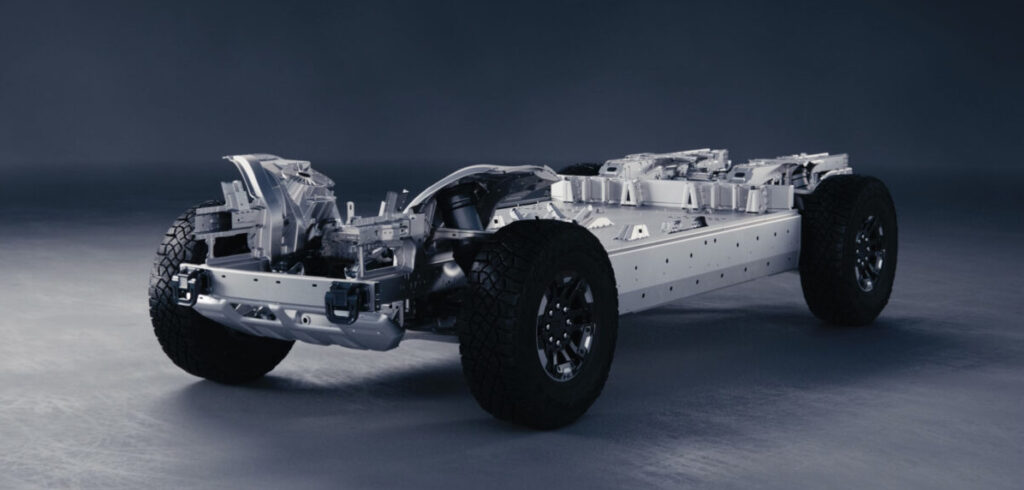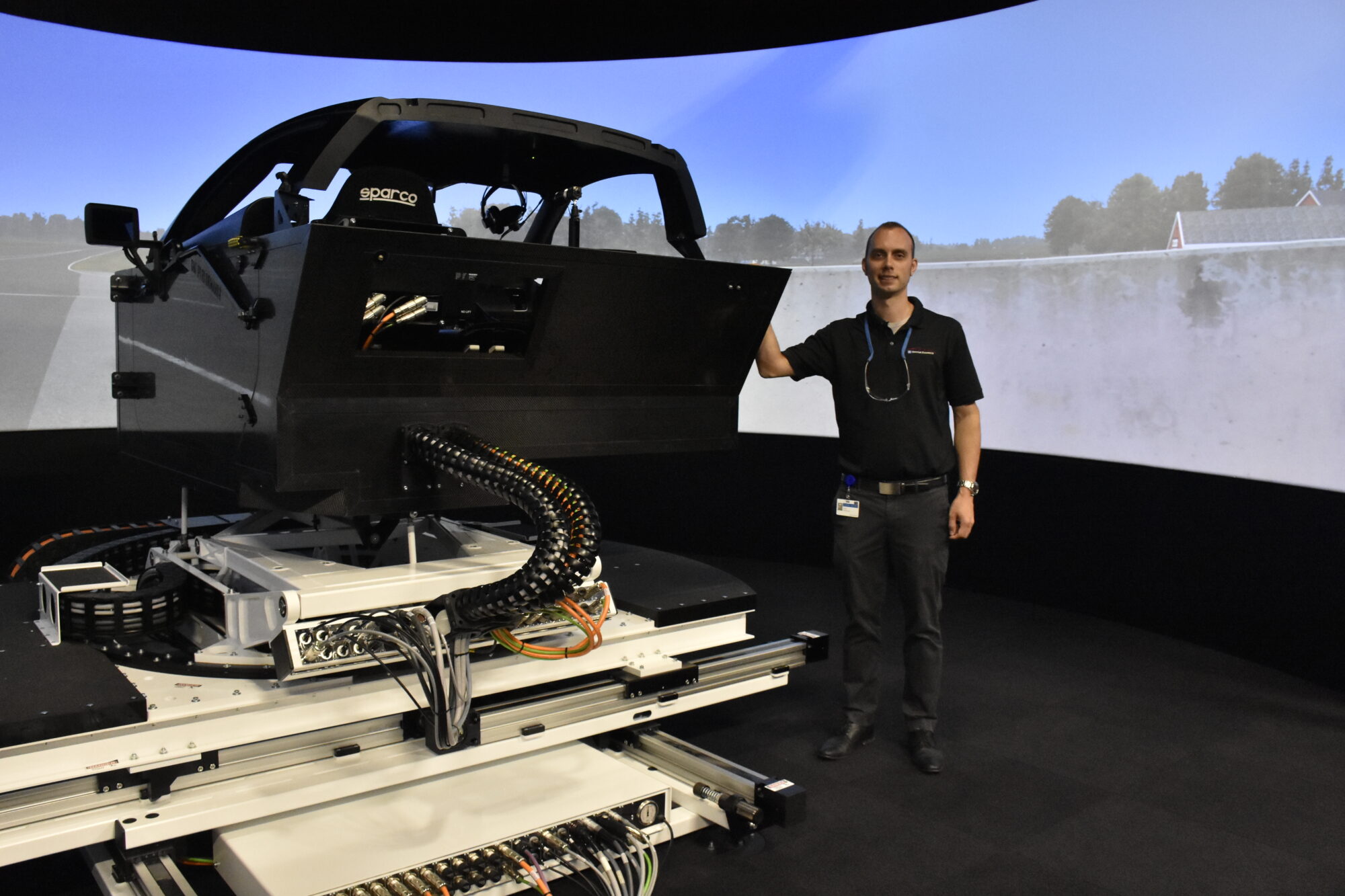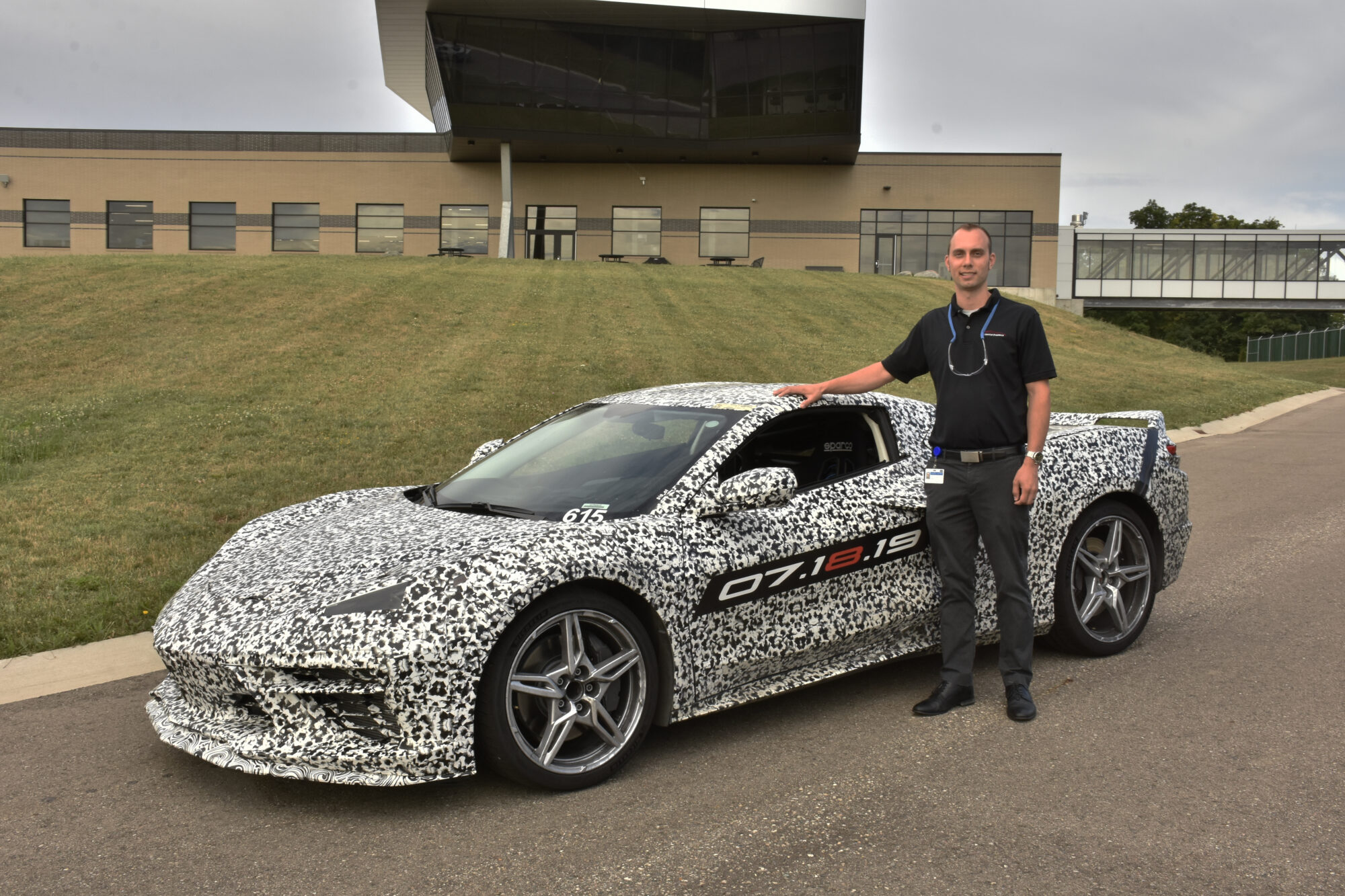Following its successful deployment of virtual development on the C8 Corvette, General Motors is embracing the approach to engineer its all-new Ultium electric vehicle platform that underpins its future EV line-up.
Finding the right tools to support the transformation of a global businesses is no easy task. The sheer scale, inertia and complexity of large organizations make even minor process changes a headache. Trying to make those shifts in an environment that is itself altering beyond all recognition, requires bold thinking and vision. Fueled by both electrification and autonomy, the new urban mobility revolution is in full motion and General Motors (GM) has committed to creating its next generation of cars and trucks in a virtual world.
A never-ending race
As the automotive industry and the skill set required to develop new cars change at a far faster rate than it can be taught, GM looked hard at how it could keep pace in a seemingly never-ending race. With GM planning to roll out 30 new EVs by the end of 2025, spearheaded by the GMC EV Hummer, Cadillac LYRIQ and Chevrolet Bolt EV, achieving this throughput of brand-new vehicles, all bristling with innovative technologies, requires that GM engineers change fundamentally the way they view and develop cars.
This led to a decisive move from GM to wholly embrace simulation, moving the needle to develop and validate entire vehicles in virtual worlds, most notably by elevating its existing, in-house ‘driver-in-the-loop’ (DIL) technologies, wherein human evaluation of proposed concepts can occur earlier in the vehicle design cycle, and in many cases before any metal is cut. The first step was to prove out the process in action, within a real vehicle project with real production deadlines – something of a reasonable scale that simultaneously connected with GM’s cutting-edge onboard technologies. Chevrolet’s flagship C8 Corvette would provide the ideal project.
Virtual interactions
DIL (Driver-in-the-Loop) simulation technologies have been in vehicle manufacturers’ sandbox for over 50 years, but only now is the potential being fully realized. The ability to bring human drivers, occupants and evaluators into direct contact with proposed onboard systems in advance of creating physical prototype vehicles has been on the vison board for decades. But nowadays, with the millions of new scenarios and situations brought into sight by advanced driver assistance systems (ADAS), onboard active safety systems and autonomous transition systems, DIL simulation tools have become more of a requirement than an ambition. But how can human evaluators be convinced into believing that they are interacting with a real vehicle, when, in fact, they are engaging with a virtual car in a virtual world? This is where art meets science, and it’s at the core of engineering class DIL simulation.
After careful analysis of available DIL simulator technologies, General Motors opted for Ansible Motion’s Delta DIL simulator environment for its state-of-the-art simulation center, located inside Building 144 at GM’s Milford Proving Grounds campus. GM wasted no time in integrating this powerful simulation tool into its C8 Corvette development program.
DIL simulation/testing meant that GM could offer engineers the chance to experience virtually – but realistically – a number of early touchpoints through a host of scenarios in the C8, and performance drive all before cutting any metal, before any physical prototype vehicles had been built. “Driver-in-the-Loop simulation proved to be an efficient process for cycling people from our different functional groups through multiple rounds of virtual prototypes. We are able to bring engineers into our lab, and immerse them in a simulation that has all the elements critical to development of a real car in real-world driving situations,” says John Wilkinson, Lead Performance Engineer at GM.
By providing more people with the opportunity to provide earlier input – along with the not-insignificant cost savings of building fewer prototype C8 vehicles – GM soon realized that front-loading their developments in their DIL simulator lab created more time for more thorough tuning and testing that resulted in better end solutions for their final product. Vehicles are consumer products, after all, so it stands to reason that getting more real people into contact with the proposed product helps make it better in the end.
There was also the chance to be more creative. GM’s engineers had more time to experiment without risk. Using the same modeled and physical systems that might be used in a full prototype vehicle, the DIL simulator revealed how changes might affect other systems and the vehicle as a whole. For example, Wilkinson and his team were able to conduct virtual test drives that allowed them to feel, first-hand, the effects of making aerodynamic changes to the vehicle, while considering the impact of those changes on other parameters in real time.
Having a DIL simulator that can generate something like real data that might be gathered from real-world testing enabled Wilkinson and his team to onboard objective measures in addition to just subjective driver opinions. “We could match drivers’ subjective feedback with what the actual data was showing us and then, by watching the DIL simulation sessions, we could come to understand, from an engineering perspective, what a driver was actually experiencing and doing. And this is exactly what we’re after from a product development perspective – how can we help people have the best possible experience in our cars,” notes Wilkinson.
Wilkinson also mentioned a more subtle advantage of using DIL simulation: “It’s important for us to be discreet, especially for a project like this [C8 Corvette]. We knew we had fans and other OEMs who are eager to learn more about the first mid-engine production Corvette. So when we conducted our early testing on our Ansible Motion simulator inside our lab, it helped us keep the details away from prying eyes.
“We can already see how this clandestine approach is benefiting our other, even more aggressive programs.”
Time is on our side
Although DIL simulation has been around for several decades, it seems that it is now formally coming of age. As well as giving automotive product evaluators head starts to understand, develop and provide feedback into vehicle development programs at the earliest possible stages, in a general sense, DIL simulators may soon become crucial for any OEMs facing the prospect of having to develop the coming wave of new technologies – especially advanced powertrain platforms.
“Leveraging our Driver-in-the-Loop know-how and applying what we have learned from testing dynamics on vehicles like the C8, we find ourselves naturally spilling over into other areas, like developing our EV products. This will make the next few years extraordinarily challenging and exciting for us,” Wilkinson elaborates.
“With C8, for example, we leveraged our DIL simulation capability to deliver production-ready technical innovations that contributed to the next generation of performance. Now as we begin to realize GM’s vision of Zero Crashes, Zero Emissions and Zero Congestion, we already have ideas about how to apply our DIL simulation capability for developing our future EV portfolio.”
That’s the challenge that GM’s team faces as it develops its Ultium platform, which features modular battery and drive unit combinations and is flexible enough to cater for trucks, SUVs, cars and commercial vehicles. “Ultimately, we are developing a modular platform to create EVs that are safe, beautiful, affordable and fun to drive,” adds Wilkinson. “It’s an immense challenge but we are already taking it on, enabled by our proven virtual development technologies.”




